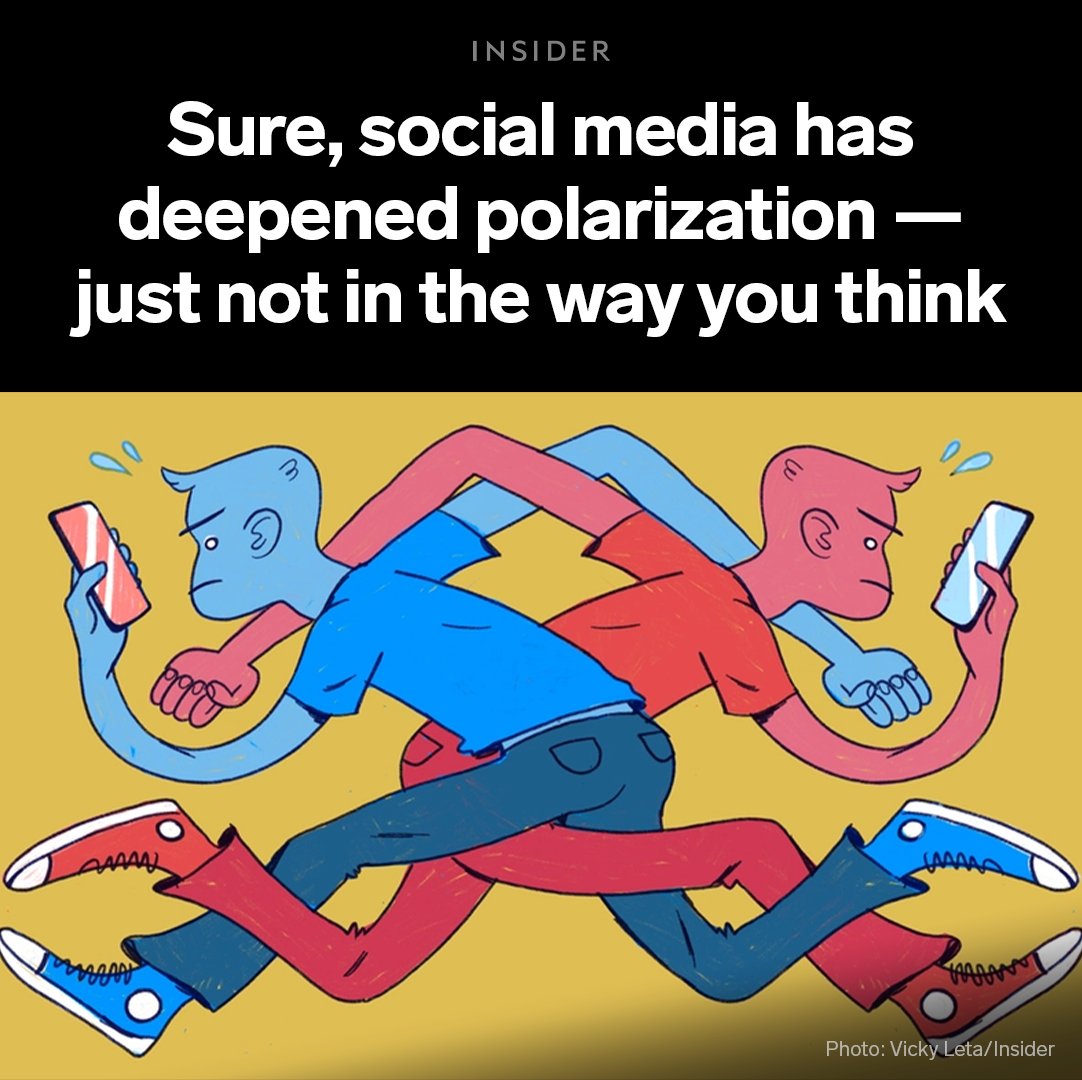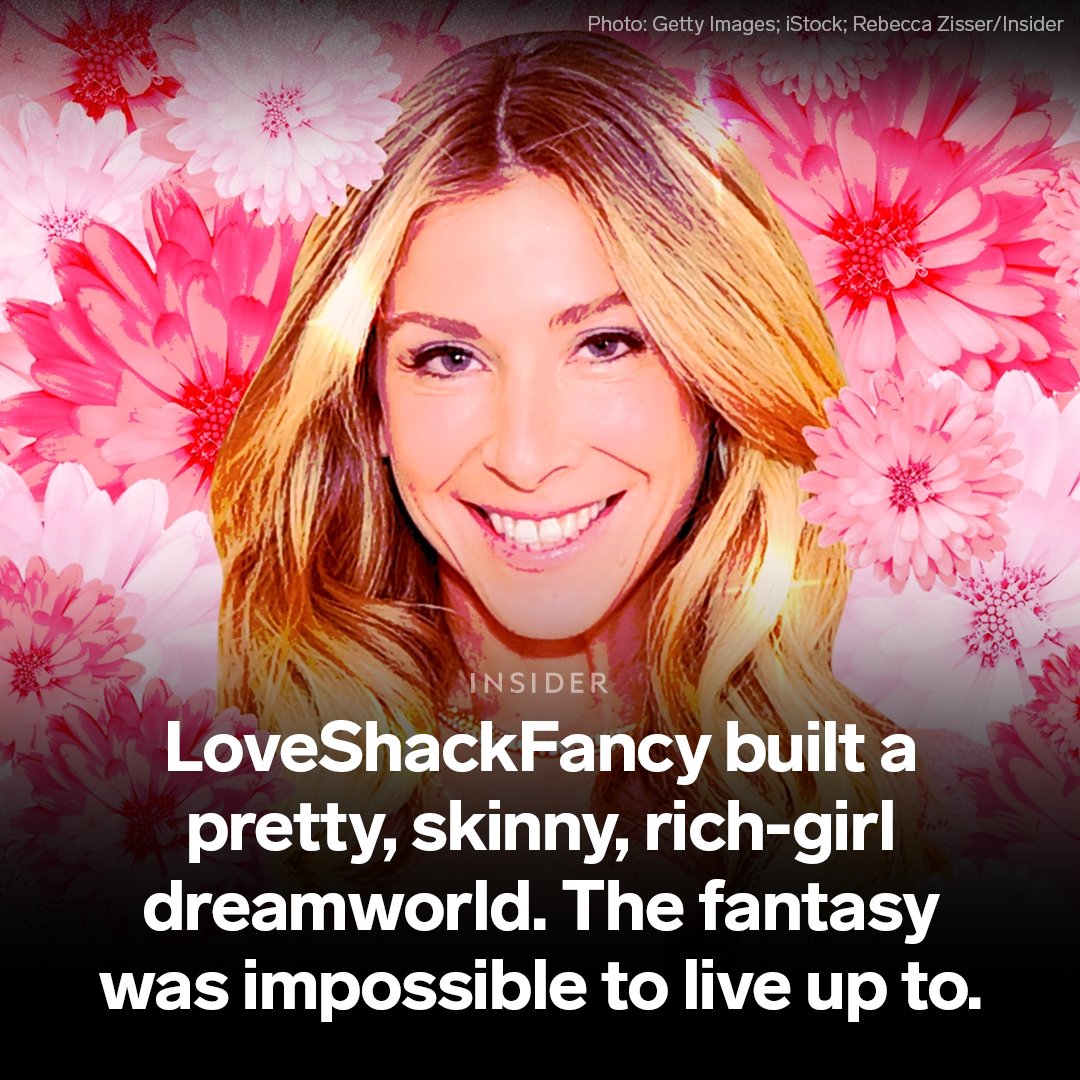Nearly 200 times in 2021 alone, elected officials and their staffers have had to draft remarks memorializing the loss of some 15,000 lives to gun violence.
The people who must come up with these words are running out of things to say.
businessinsider.com/gun-violence-m…
The people who must come up with these words are running out of things to say.
businessinsider.com/gun-violence-m…
In politics, the phrase “thoughts and prayers” dates back at least to President Harry Truman.
As an expression of public grief, specifically following a mass shooting, the phrase dates back at least 22 years to the Columbine shooting.
businessinsider.com/gun-violence-m…
As an expression of public grief, specifically following a mass shooting, the phrase dates back at least 22 years to the Columbine shooting.
businessinsider.com/gun-violence-m…

Former President @BarackObama wasn't afraid to deploy the expression. "I'm sure I wrote it several times for him in his first term," said Cody Keenan, Obama’s speechwriter.
Obama also used it in his second term.
businessinsider.com/gun-violence-m…
Obama also used it in his second term.
businessinsider.com/gun-violence-m…

Keenan thinks “thoughts and prayers” became cliché after 2013, when the Obama administration attempted to push background checks for gun owners through the Senate.
Obama's own 2015 remarks, after an Oregon shooting, put the phrase closer to its demise.
businessinsider.com/gun-violence-m…
Obama's own 2015 remarks, after an Oregon shooting, put the phrase closer to its demise.
businessinsider.com/gun-violence-m…

In the Trump era, “thoughts and prayers” remained standard fare for Republicans. Trump did his own variation in February 2018 after a 19-year-old gunman killed 17 people and injured 17 more at Marjory Stoneman Douglas High School in Parkland, Florida.
businessinsider.com/gun-violence-m…
businessinsider.com/gun-violence-m…

Among the masses, the phrase had lost any trace of comfort it once had. After Parkland, it wasn't uncommon to see protesters hoist signs that condemned “thoughts and prayers."
businessinsider.com/gun-violence-m…
businessinsider.com/gun-violence-m…

Three times this year, Joe Hogsett, the mayor of Indianapolis, has had to find words following mass shootings.
"Mass shootings too many to count," he said at a memorial for victims of a shooting at a FedEx facility. "We are weary."
businessinsider.com/gun-violence-m…
"Mass shootings too many to count," he said at a memorial for victims of a shooting at a FedEx facility. "We are weary."
businessinsider.com/gun-violence-m…

Thomas Cook, the former chief deputy mayor to Indianapolis' mayor, said the frequency with which staffers and mayors are responding to shootings has made the process clinical in a way he didn't like.
businessinsider.com/gun-violence-m…
businessinsider.com/gun-violence-m…

Democrats who are interested in pushing for expanded background checks and other federal policies that could stop the violence have officially co-opted the phrase "thoughts and prayers" to use it on their terms.
businessinsider.com/ted-cruz-wont-…
businessinsider.com/ted-cruz-wont-…
Everytown for Gun Safety's Shannon Watts said, “... lawmakers are just silent because they can't maybe come up with another phrase that will work.”
Rep. @laurenboebert has not spoken online about the April mass shooting in Colorado, Watts added.
businessinsider.com/rep-boebert-dr…
Rep. @laurenboebert has not spoken online about the April mass shooting in Colorado, Watts added.
businessinsider.com/rep-boebert-dr…
At the federal level, few have dealt with the issue more than Connecticut’s Sen. @ChrisMurphyCT, who still speaks to the families of the 2012 Newtown shooting victims.
He’s working to expand background checks with his Background Check Expansion Act.
businessinsider.com/gun-violence-m…
He’s working to expand background checks with his Background Check Expansion Act.
businessinsider.com/gun-violence-m…

• • •
Missing some Tweet in this thread? You can try to
force a refresh











